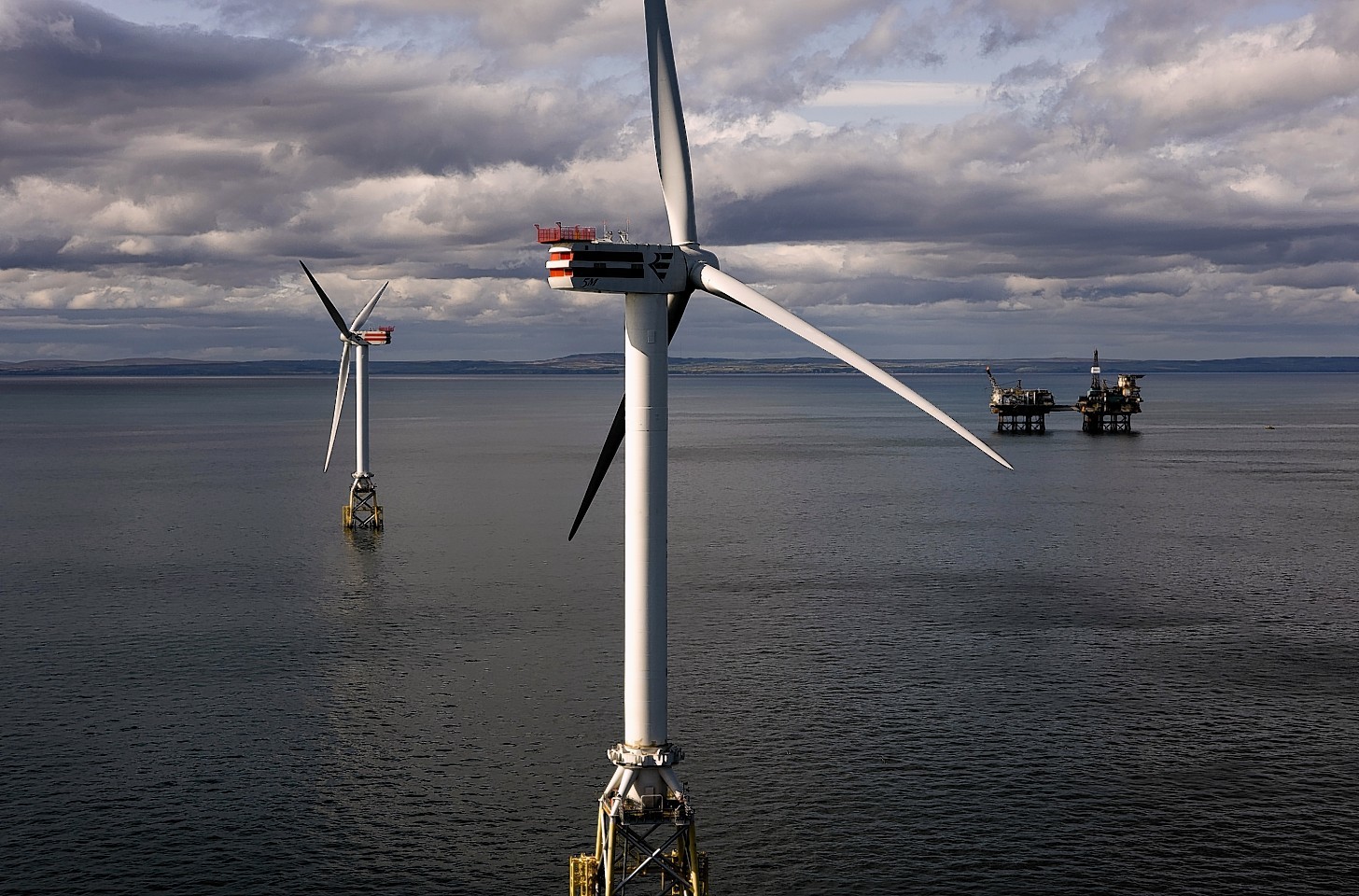Energy watchdog Ofgem told SSE yesterday its £1.24billion estimate for the cost of a new subsea power cable between Caithness and Moray could not be justified.
Ofgem instead suggested a figure of just over £1.06billion – about £174million more than SSE’s – as the amount which should be recovered from consumers.
The regulator said its analysis of costs had revealed an over-allocation of staff, high average day rates and a “tendency to overestimate the probability of risks” within SSE’s own calculations.
Ofgem’s initial assessment is open for consultation for four weeks and a final decision is due to be made in December.
The 68-mile subsea link is expected to help connect 1.2 gigawatts of generating capacity from renewable-energy developments in the north to the national grid.
SSE subsidiary Scottish Hydro Electric Transmission (SHE Transmission) – responsible for maintaining and investing in the electricity transmission network across the Highlands and islands – insisted it had produced a “well-defined and well-scoped” project, offering value for money for customers and benefits for the whole country.
It added: “While SHE Transmission is disappointed with the level of the allowances proposed today, the consultation does enable further engagement with Ofgem to take place on important issues such as the best way for treating contingency- and risk-related costs.
“SHE Transmission believes the consultation process provides the right opportunity for these to be considered and resolved in a way that’s fair to customers and investors alike, and will engage constructively in it.
“The project itself is still expected to be completed in 2018, with the first revenues due to be received in 2015/16.”
Ofgem, whose estimate is based on a study by global risk management group DNV GL, said: “We don’t think the project cost of £1,236.2million SHE Transmission proposed is justified on the evidence presented.
“SHE Transmission has proposed additional staff requirements for project management, engineering and commissioning on all parts of the CM (Caithness/Moray) project.
“Our consultants carried out a line by line review of the resourcing role profiles.
“This analysis suggested there is excessive monitoring of contractors, some duplication of roles, over allocation of staff, and high average day rates.
“On the basis of this review, we propose the efficient resourcing costs are 38.1% lower than the level proposed by SHE Transmission.”
